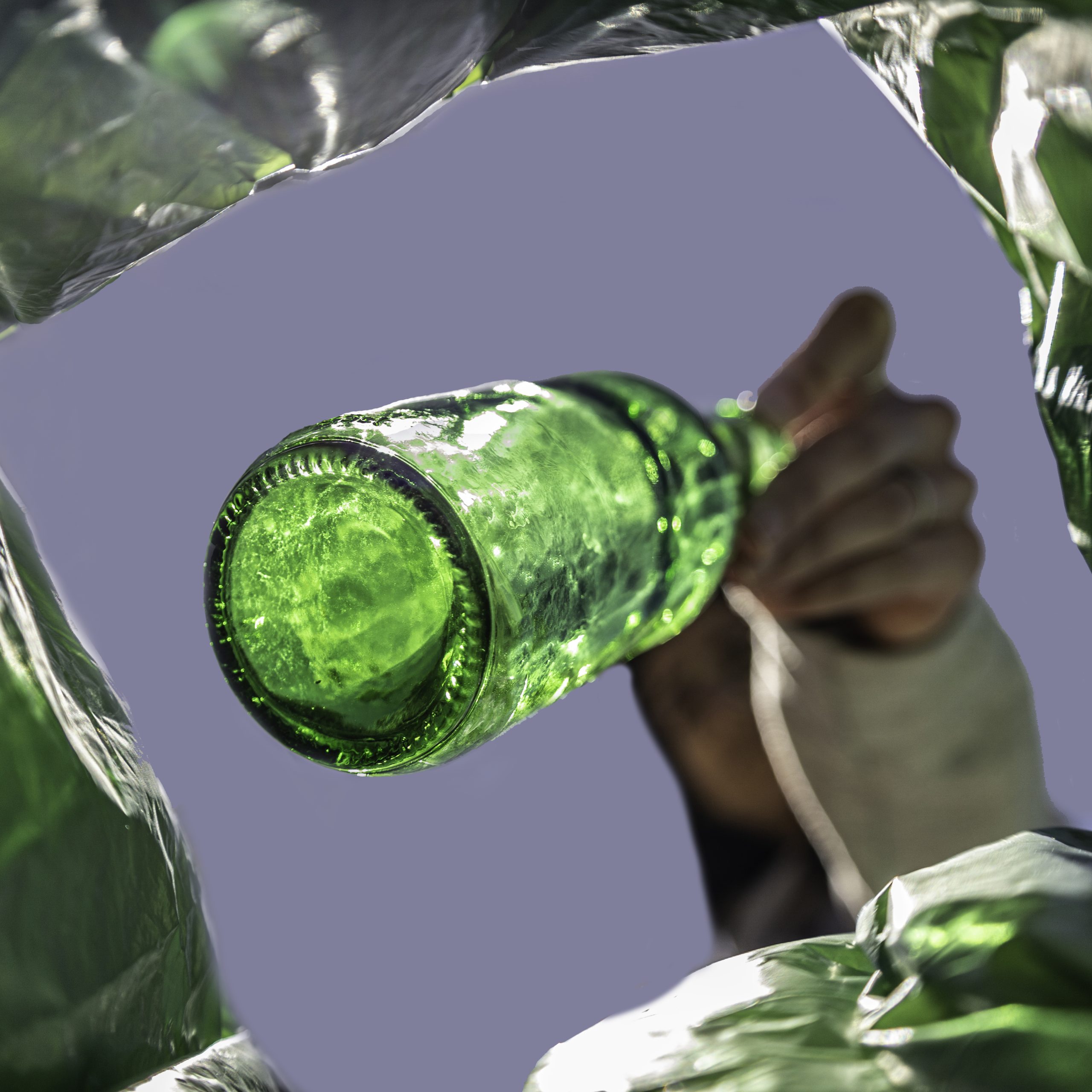Lam Dong develops circular agriculture

Lam Dong province in Vietnam has been a forerunner in implementing agricultural production based on the circular economy model. This approach has been progressively adopted over the years, with numerous farms like Nguyen Thanh Hai Farm and Hieu Linh Farm in Lac Duong district showcasing successful circular agricultural operations. These farms utilize waste, by-products, and scraps from one production cycle as inputs for the next, leveraging advances in biotechnology, physicochemical technology, and other technical innovations. This method helps maximize resource use, minimize waste and post-harvest losses, and produce safe, high-quality agricultural products while eliminating environmentally harmful waste.
In Don Duong district, the largest vegetable-growing area in Lam Dong, several businesses, cooperatives, and farming households have proactively developed stable models of circular cultivation and livestock farming. These initiatives have proven economically efficient and beneficial for both immediate and long-term environmental protection. For instance, Thien Sinh farm in Ka Don commune uses daily collected crop residue as cattle feed and processes manure to produce organic fertilizer for nearly 15 hectares of crops.
Surveys by the Lam Dong Agriculture Sector reveal that the circular economy model in agriculture has long been in place, with systems like gardens-ponds-barns integrating the cultivation of coffee, fruits, rice, and the rearing of animals like pigs, cows, chickens, and fish. This system ensures that agricultural by-products are utilized as organic fertilizers, animal wastes are treated safely, and renewable energy is harnessed, thereby supporting the daily energy needs of farming households.
One notable example is the Thien Sinh Farm, where a circular agricultural model operates over 12 hectares, growing various vegetables, tubers, and fruits, and raising 38 beef cows. The farm practices closed-loop production, where by-products from harvesting and processing are recycled as feed, contributing to high-quality produce that meets supermarket standards in major cities like Ho Chi Minh City, Da Nang, and Hanoi. This model generates an average income of about 3.6 billion VND/year.
These models in Lam Dong are part of a broader strategy to address the scarcity of resources and enhance the province’s capacity to respond to climate change effects. The “Plan to develop circular agricultural production adapted to climate change in Lam Dong province until 2030” aims to restructure and promote comprehensive and sustainable agricultural development, achieving economic, social, and environmental objectives while enhancing climate change resilience.
However, challenges remain in maximizing the utilization of agricultural by-products. Current statistics indicate that approximately 1.73 million tons of crop by-products are generated annually in Lam Dong, with only 75.7% processed circularly. About 90% of this volume is reused as animal feed or compost, while the remaining 10% is often burned or discarded. Similarly, the cattle and poultry sectors generate around 740,000 tons of solid waste annually, with 77.6% recycled as fertilizer or for other uses, leaving about 22.4% unutilized.
Looking forward, the Lam Dong Agriculture sector is focused on researching and expanding the circular economy model, integrating it with agricultural development and forest protection. This includes the development of local materials and biotechnologies for cultivation, pest control, and processing of agricultural products. The goal is to enhance the recycling and effective reuse of crop by-products and livestock manure, driving forward sustainable agricultural practices in the region.



